Some of the links in this post may be affiliate links.
Your choice of potting mix for houseplants matters in a big way. There are a lot of potting mixes out there, and in my experience, most of them just don’t cut it. Few of the commercially available mixes can be used straight out of the bag and most need to be amended in some way in order to make them more suitable. Have you shared this same frustration?
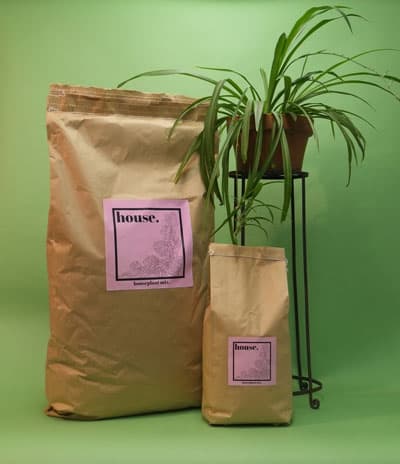
Late in 2020, I had the opportunity to meet the gentlemen over at Tilth Soil, a local Cleveland, OH company that is doing remarkable things for houseplant potting mixes and for the environment as well.
I surveyed my readers and came up with a comprehensive list of concerns and pains that they have with indoor potting mixes, and all of these questions are answered below by the experts at Tilth Soil.
I hope you enjoy the interview, and I will also give you my personal experience and review of their House potting mix afterwards that you won’t want to miss.
In my experience, the ‘House’ mix is the best organic potting mix for indoor plants, if not the best mix period! I am slowly transitioning the majority of my plants into this mix. Read on to learn more about why this mix is special.
Table of Contents
TILTH SOIL: THE STORY
Raffaele: Tell me the story of Tilth Soil. How did you start? What makes your House blend unique, and how is it different than mixes out in the market?
Dan and Nate: Tilth Soil is a product of a food waste hauling organization, Rust Belt Riders (RBR). RBR was formed in 2014 with the mission of feeding people, not landfills.
The work of RBR involves the collection and diversion of food waste from businesses, organizations, and individuals across Northeast Ohio.
This is material that otherwise would end up in landfills, accelerating climate change through the production of methane, an extremely potent greenhouse gas.
Some 40% of all food grown in the United States ends up in landfill so the work of collecting and composting this material is vital in our efforts to combat climate change.
– Tilth Soil
What makes Tilth Soil products unique is that at the core of all our products is the compost which we make ourselves from a material – food waste – that otherwise would have been destined for landfills.
Tilth Soils supports the work of Rust Belt Riders to collect and divert food waste from entering landfills but in turn creates a healthy, climate-beneficial, living soil to make the prospect of growing and supporting plant life all that much easier.
Tilth Soil is unique because of how it is thoughtfully produced, the inputs we painstakingly source, and the care and attention given to the formulation of each blended product.
House was developed in consultation with talented houseplant parents to ensure their plants have all they need for a healthy life while cutting back on many of the pain points such as under/over watering, fungus gnats, and the need to further amend traditional store-bought products.
SUSTAINABILITY
Raffaele: I love what Tilth is doing for sustainability and the environment. How is your product helping houseplant growers to be more sustainable?
Dan and Nate: Tilth mixes are compost based living soil mixes. Many potting mixes don’t contain much if any compost.
We make the compost ourselves by rescuing food scraps from going to the landfill from grocery stores, coffee shops, breweries, residences, and schools and by receiving wood chips and leaves from municipalities, around Cleveland Ohio.
By collecting and composting food scraps (and occasional house plants!) we keep them out of landfills and return their valuable nutrients to the soil rather than burying them in landfills, where they’re likely to be anaerobically decomposed which releases methane into the atmosphere, which is a significantly more potent greenhouse gas than CO2 respired in aerobic decomposition.
– Tilth Soil
We are constantly reviewing our ingredients and seeking to create the most sustainable mixes we can.
NATIONAL ORGANIC PROGRAM
Raffaele: Your House blend is NOP compliant. What exactly does NOP compliant mean?
Dan & Nate: NOP refers to “national organic program” which means that our mixes can be used in certified organic production.
The requirements to be NOP compliant in our case are for our:
- Compost – our compost must meet what’s called “Process to Further Reduce Pathogens” or “PFRP” in regulation-speak. This means that we mix our compost ingredients so that the microorganisms decomposing the material raise the temperatures to above 131F for at least 10 days during which time it is turned at least 5 times. This heat and temperature requirement ensures that weed seeds and disease organisms are suppressed.
- Ingredients – the minor ingredients we use cannot be artificially synthesized chemicals.
SOIL OR SOILLESS MIX?
Raffaele: Is your House blend considered soil or is it a soilless mix? What is the difference between the two?
Dan & Nate: The terms soil and soilless mix can get confusing. Soilless mixes refer to almost all commercially available mixes for starting seeds and growing houseplants.
“Soilless” mixes came to dominant plant production by the 1970s because peat moss and bark based mixes are lighter and more porous than the field soils previously dug up and used for transplant production.
Soilless mixes used in large greenhouse operations are designed for continuous fertilization by liquid chemical fertilizers.
Since we’re interested in a more biological approach to growing plants than feeding plants chemical salt fertilizers while also maintaining some of the benefits of soilless mixes like their light weight and high porosity, we make compost based mixes that don’t quite make sense under the terminology of soil vs soilless mixes.
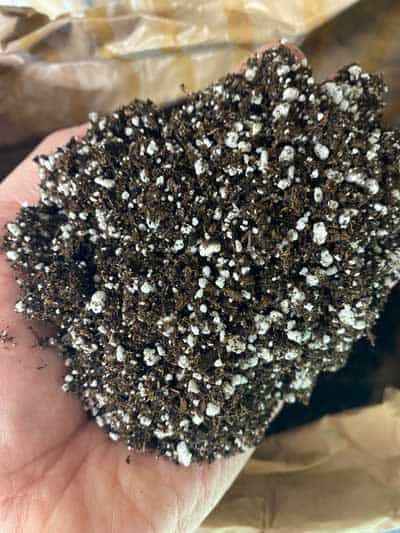
Soil is defined as a mixture of sand, silt, clay, and organic matter.
True soils often have 2-10% organic matter depending on many factors, while our mixes are >70% organic matter, but do have a small amount of sand, and a very small amount of silt and clay. So are they soil or soilless?
What we make is a mix that will work with the biology that plants expect to find in true soils thanks to the living compost in the mix, while maintaining a higher level of porosity and low density for the convenience of the humans using the mix.
– Tilth Soil
‘HOUSE’ POTTING MIX COMPONENTS
Raffaele: Your House blend contains a number of ingredients. Can you share with my readers the function of each of the ingredients? Can you also comment on sustainability issues with peat bogs, and other ingredients, and how your ingredient sources help customers be more environmentally savvy?
The following are the ingredients in the Tilth Soil ‘House’ potting mix:
Compost
Compost is the source of soil organisms in our mix. Plants evolved with soil organisms over millions of years in what’s called the Soil Food Web. Plants make sugar from CO2 in the air in the process of photosynthesis.
Plants use some of the sugar for their own energy needs, but leak sugar out of their roots as “exudates” in order to feed bacteria and fungi that can pull mineral nutrients out of rocks.
Bacteria and fungi are then eaten by soil microbe predators like protozoa and nematodes, whose micro-manure contains nutrients in a plant available form.
A compost pile is essentially a giant microbe farm. Bacterial, fungi, and other microbes eat the material in the compost, and each other, and each other’s micro-manures, eventually breaking down the material and making more of themselves, which can interact beneficially with a plant in its root zone.
Nathan Rutz – Director of Soil, Rust Belt Riders
Sphagnum Peat Moss
Sphagnum peat moss comes from Canada where there are vast peat lands. You sometimes hear folks say that peat is not sustainable because harvesting peat involves draining bogs and destroying the ecology of the place while the bog is used for peat harvesting.
Peat harvesting is certainly invasive. This doesn’t look at the whole picture however.
– Tilth Soil
Peat has been historically over-harvested in the UK where peat has been cut for fuel for centuries.
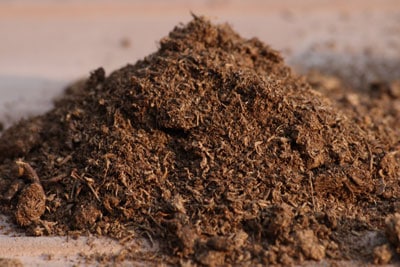
In Canada, the area of peat ever harvested is 0.03% of all of the peatlands of Canada, according to the Canadian Peat Moss Association.
Of course, being a trade association they may be exaggerating to make themselves look better, but even if that were true, by even 10x, and they’re actually harvesting 10x more than they say, it would still only be 0.3% of the peat bogs of Canada.
Still, aren’t there more sustainable options than peat moss? Maybe. Some folks suggest coconut or pine products as more sustainable options, as growing media from coconut and pine are generally considered waste products.
Coconut products generally come from southern Indian and Sri Lanka, with a small amount coming from The Dominican Republic and Southern Mexico, thousands of miles away.
Pine bark comes from southern yellow pine used in construction and planted in giant monocultures in the southeast US.
While much closer to Cleveland, pine monocultures are not sustainable and quite vast. We are always looking for more sustainable options that provide equal or better performance.
Coconut Fiber
We do currently use a small percent of coconut fiber in our mixes for its excellent air and water distribution properties. We are looking to replace the coconut fiber we currently use with a wood fiber.
Sharp Sand
Sharp sand is sand that has distinct edges, which helps root hairs divide, and provides some resistance to compaction.
We get our sharp sand from a sand and gravel quarry in Ravenna Ohio. The sand comes from Ohio’s glacial past.
Perlite
Perlite is a mineral that is popped like popcorn in a hot air heater to expand and become very porous.
Perlite helps ensure plenty of airflow in the unnatural conditions of a pot.
– Tilth Soil
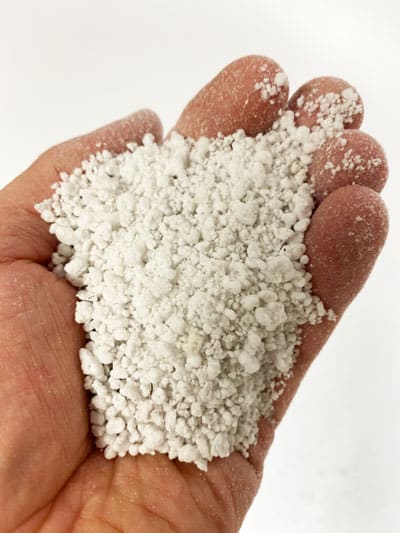
It is mined in Oregon, shipped by train to Ohio, and popped at a factory in Trumbull County. It’s the stuff that looks like styrofoam in your soil, but is in fact, a silica rich mineral.
Kelp Meal
We use dried, ground kelp from the North Atlantic – either Maine, New Brunswick, or Nova Scotia as a source of plant growth hormones and trace minerals.
We are careful not to overdo kelp, as it is quite salty.
Bone Char
Bone char is rich in phosphorus and calcium. Bone char is charcoal made from cow and pig bones. The bone char we use is leftover from the sugar industry, which uses bone char in the filtration process to create white sugar from raw cane sugar.
We buy bone char from an organic fertilizer company who buys it from sugar processors.
I wish I could guarantee that the animals whose bones are made into charcoal lived a good life, but I can’t. We get it from Pennsylvania.
Blood Meal
Blood meal is dried blood from pigs from slaughterhouses. We use it because it’s an excellent source of protein nitrogen that soil microbes readily make available to plants.
I’m not happy that this comes from animals from feed lots.
There are not many good options for organic sources of nitrogen currently. We source blood meal from a large re-processor of “waste” animal parts, from Iowa.
Gypsum
Gypsum is calcium sulfate, which is a source of calcium and sulfur that does not change the pH of our mixes.
It’s mined around the country, and we buy ours through a farm coop supplier in Wayne County Ohio.
Paramagnetic Basalt
Paramagnetism is thought by some to be a contributing factor to plant growth. This basalt also contains a wide range of trace minerals.
It comes from northern Ontario, and we buy it through a farm supply company in Trumbull County Ohio.
ADDITIONAL FERTILIZER
Raffaele: How long can your potting mix be used before starting to add additional fertilizer?
Dan & Nate: This is a tricky question with the annoying answer to everything – “it depends.” What it depends on is type of plant, size of plant, size of pot, type of pot, and watering method.
In a large enough pot, it’s possible that a plant would never need additional fertility due to recycling of nutrients by the microorganisms that make up the soil food web, nitrogen fixation by free living nitrogen fixers, and the fact that the vast majority of plant biomass is made out of air in the form photosynthates.
Raffaele, similar to what you recommend about not watering on a strict schedule, but learning to read the health of your plants – it’s the same with fertility additions.
FUNGUS GNATS
Raffaele: A very frustrating problem that many of my readers have is finding dreaded fungus gnats in pre-packaged mixes. Some people don’t like using organic mixes because of this. Fungus gnats can be aggravated by poor growing conditions, but do you take any preventative measures to prevent fungus gnats in your mix?
Dan & Nate: While we’ll never be able to 100% eliminate fungus gnats, our hot composting process kills fungus gnat eggs and larvae.
As an additional protection, we intentionally introduce steinernema feltiae nematodes, which are microscopic wormlike animals that are fungus gnat parasites.
The nematodes inject bacteria into the bodies of fungus gnat larvae which liquefy the innards of the fungus gnat larvae which is then the food for the nematode.
It’s a totally natural predator-prey relationship that doesn’t endanger any beneficial element of the soil ecosystem.
ROOT ROT
Raffaele: Another common frustration are potting mixes that take too long to dry out, and in extreme cases, contributing to root rot. Does your mix help with this issue?
Dan & Nate: Perlite makes up 33% and fibrous coconut or wood 9% of the volume of our house plant mix, which contributes greatly to the porosity, air holding, and drainage capacity of our soils.
We aim to make mixes that hold both air and water in good proportion for growing plants in pots.
-Tilth Soil
DRY POTTING MIX
Raffaele: Many potting mixes, when they dry out in the pot, will turn very hard. What causes this, and how does your House blend help prevent this issue? Also, many times potting mixes will be so dry right out of a fresh bag that it doesn’t readily absorb water right away, creating dry pockets in the pot. Your mix seems to be pre-moistened just enough to make it very easy to work with. Do you control the moisture in your blends?
Dan & Nate: When peat moss and compost dries out, the way it interacts with water molecules changes and repels water.
We moisten our soil in the mixing process to thoroughly moisten all of the soil and make it easy to take water.
– Tilth Soil
Our mix holds water very well which helps prevent excessive drying.
If you do experience excessive drying, an organic wetting agent like yucca root extract can help.
PERLITE FLOATING TO TOP
Raffaele: Some people don’t like using perlite. What are your thoughts on this? A common issue is perlite floating to the surface after watering and therefore not doing what it is intended to do. Is there any way to help prevent this issue, and are there any good substitutes for perlite?
Dan & Nate: We thoroughly mix our materials, so the perlite is well distributed throughout the mix – much like cherries in a well baked cake on the Great British Bake Off.
How you water makes a difference – perlite won’t float unless you’re adding too much water to the top at once.
– Tilth Soil
Haydite, which is heated expanded shale, makes a decent substitute, though it is quite a lot heavier.
We will be using both haydite and perlite in our upcoming cactus mix, Arid.
SHELF LIFE
Raffaele: Is there a shelf life for your blend, and what is the best way to store it to prolong its life or usability?
Dan & Nate: We suggest using it within a year of purchase and keeping it near room temperature or below, but above freezing.
A shed, garage, or basement is a good place for it you’re not using it soon.
We sell small bags as well, so you don’t have to have a half used giant bag of soil sitting around your house forever.
ONE POTTING MIX FITS ALL?
Raffaele: Many people get overwhelmed with having to buy too many different mixes, or even mixing their own. How does your House blend help alleviate this issue?
Dan & Nate: Our houseplant mix is good for most house plants and provides plenty of nutrients over a long time, so you don’t have to be concerned about adding this or that.
We are happy to field questions about why anything in our mix is in it.
MY EXPERIENCE WITH TILTH SOIL ‘HOUSE’ POTTING MIX
Quite simply, ‘House’ Houseplant Mix is the best organic potting mix for indoor plants, if not the best mix PERIOD that I’ve used.
Gone are the days when I buy mass-produced potting mixes that I constantly have to add perlite to in order to increase porosity. I can use ‘House’ potting mix straight out of the bag!
So far, I’ve used it to soil propagate Lipstick Plant, Jewel Orchid, and Hoya linearis. I’ve also repotted various begonias, Peperomia polybotrya and Philodendron ‘Pink Princess’ with great results.
What struck me the most was when I transplanted my Philodendron ‘Pink Princess’ seedlings from a traditional soilless mix into the ‘House’ potting mix.
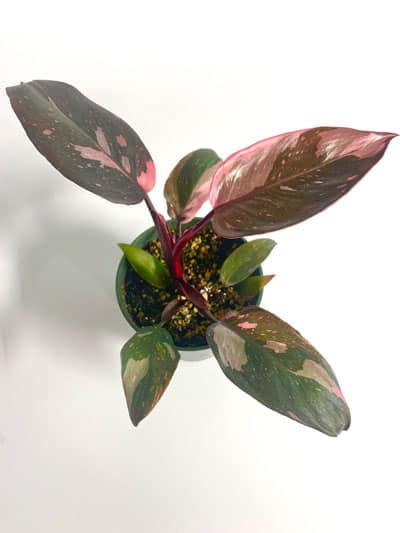
Previously, the seedlings were healthy, but were growing very slowly. Once I transplanted them into the ‘House’ mix, I noticed an almost immediate change (within days). Growth and vigor were set into high gear, and at that point, I knew that I had something special on my hands.
It is a beautifully fluffy mix with no need to mix in any amendments and can be used straight out of the bag.
In addition, it has just the right amount of moisture retention, while exhibiting great drainage.
Your plants will be happy without any additional fertilizer for a quite a while as a result of the organic additives.
All in all, ‘House’ Houseplant Mix is a very special, environmentally sustainable potting mix resulting in ease of use for the consumer, all while providing a nutritious potting mix with living compost so that you can grow plants in a way that nature intended.
Try it out for yourself and I whole-heartedly believe that you will love it like I do!
I am a brand ambassador and affiliate of ‘House’ Houseplant mix and receive a small percentage of sales from Tilth Soil, at no extra cost to you.
I look forward to the soon to be available ‘Arid’ mix which will be be great for succulents, cacti and other plants that grow in similar conditions.
Why not try purchasing some ‘House’ Houseplant Potting Mix today and experience the difference?
Keep in mind that a high quality potting mix is only one part of the healthy houseplant equation. In order to have thriving houseplants, care must be taken to ensure that you also have the appropriate light and pot size, solid watering practices, attention to soil moisture, etc. All these factors must not be considered separately, but rather, holistically.
Raffaele – Founder, Ohio Tropics
I encourage you to at least trial this amazing potting mix and see how you like it. I’m going going to start transitioning more of my houseplant collection to this mix when the need for repotting arises.
After you use it, I’d love to hear your thoughts. I hope you’ve enjoyed this blog post and found value in it. I know I’ve learned a lot from the gentlemen over at Tilth Soil and I love what the company stands for and the mindfulness they bring to plant care.


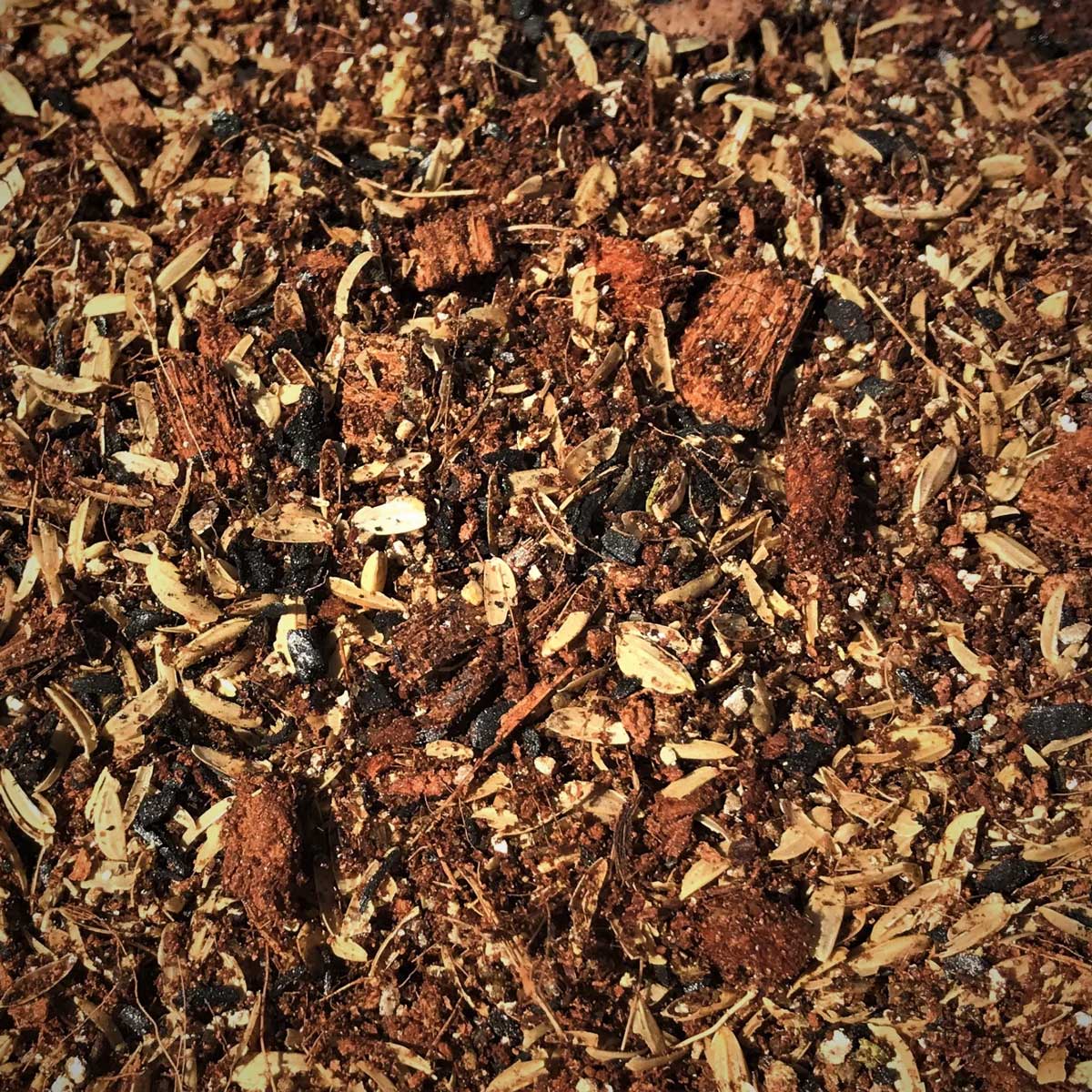
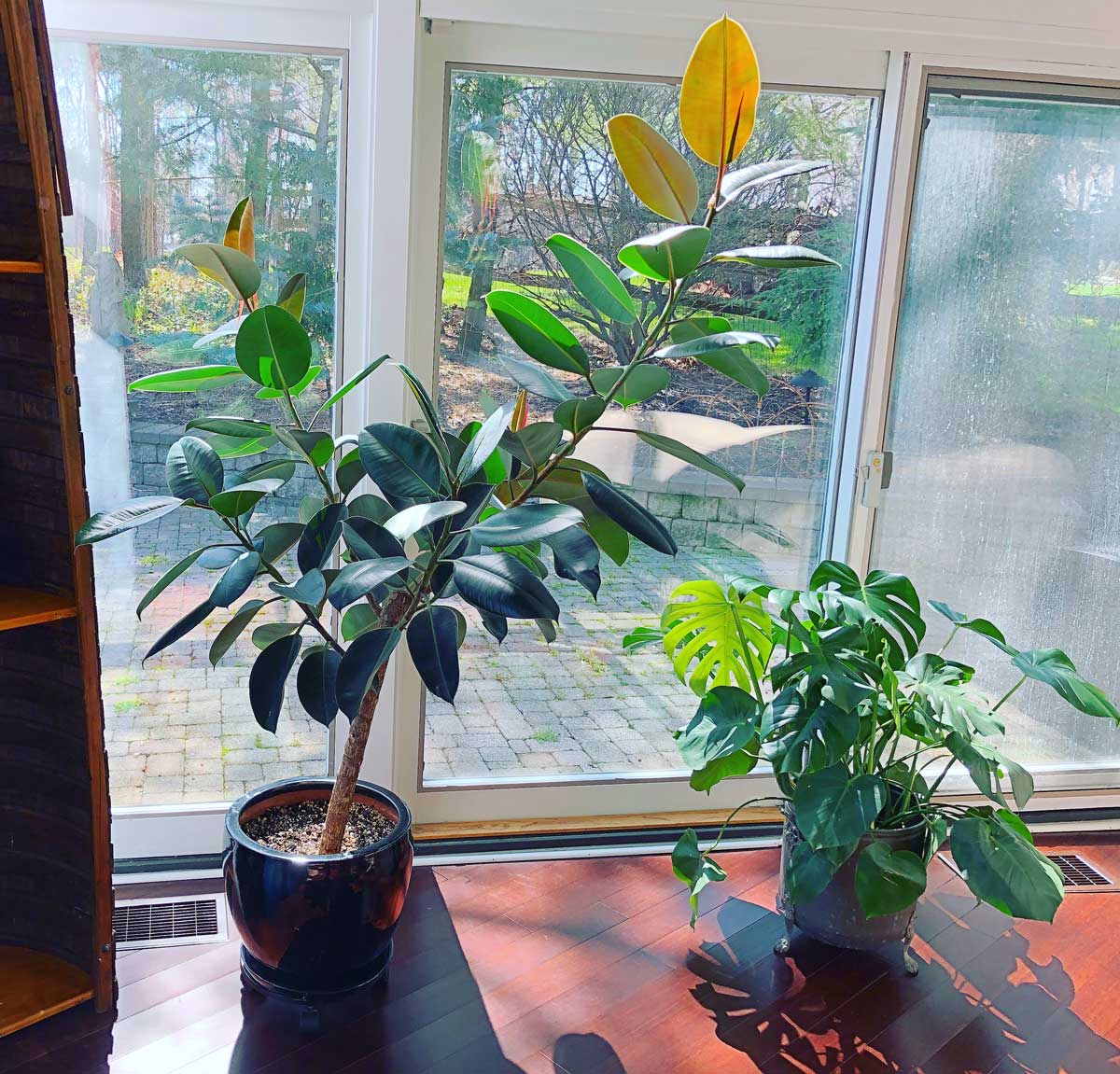
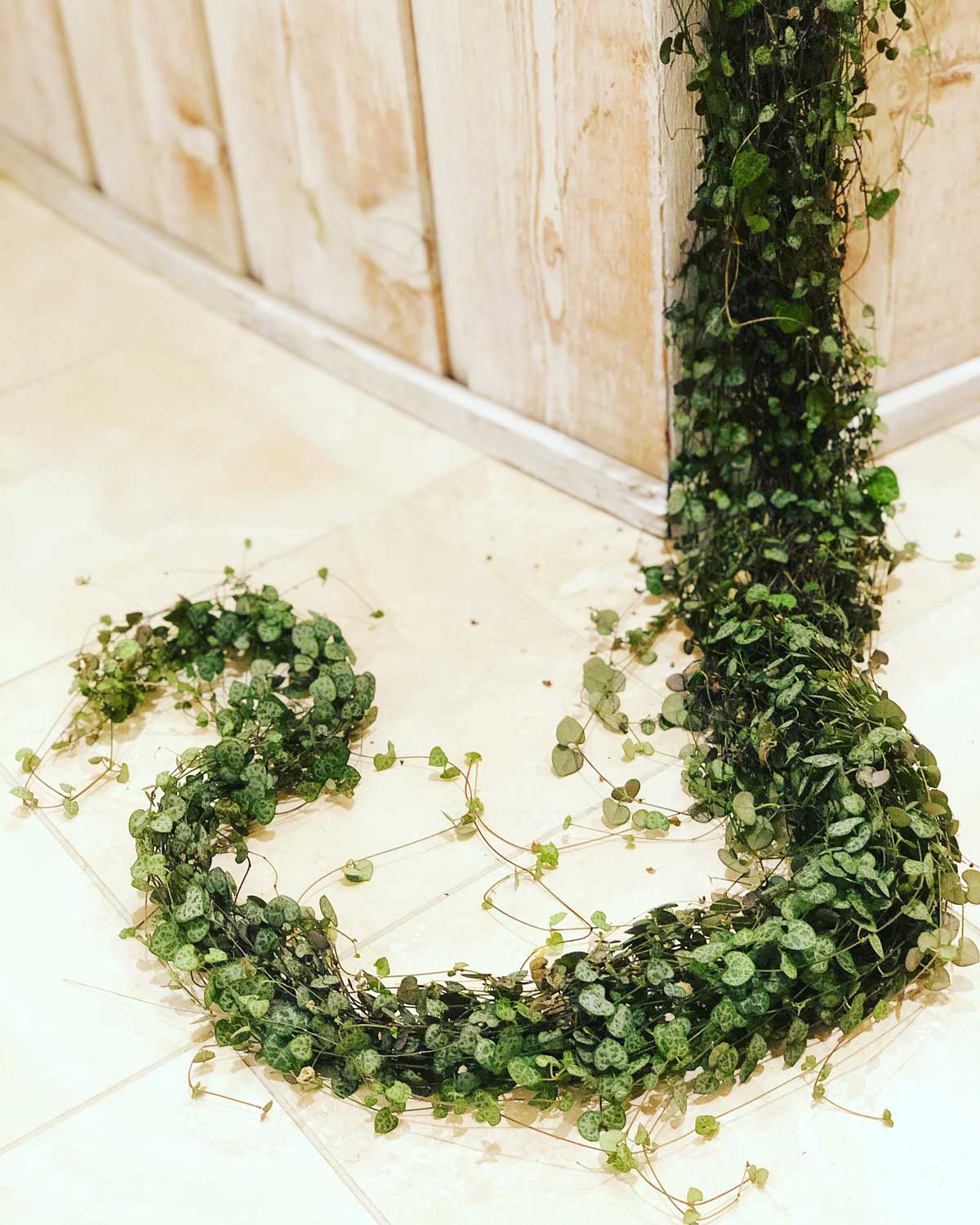
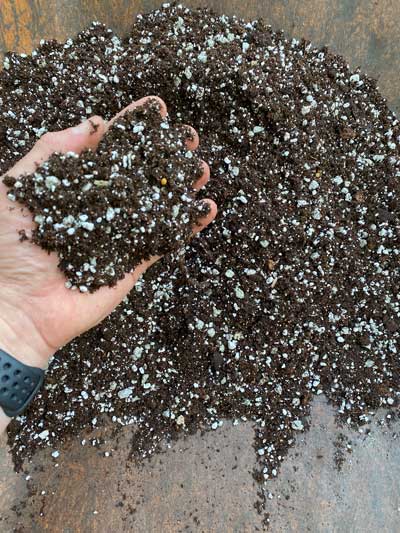
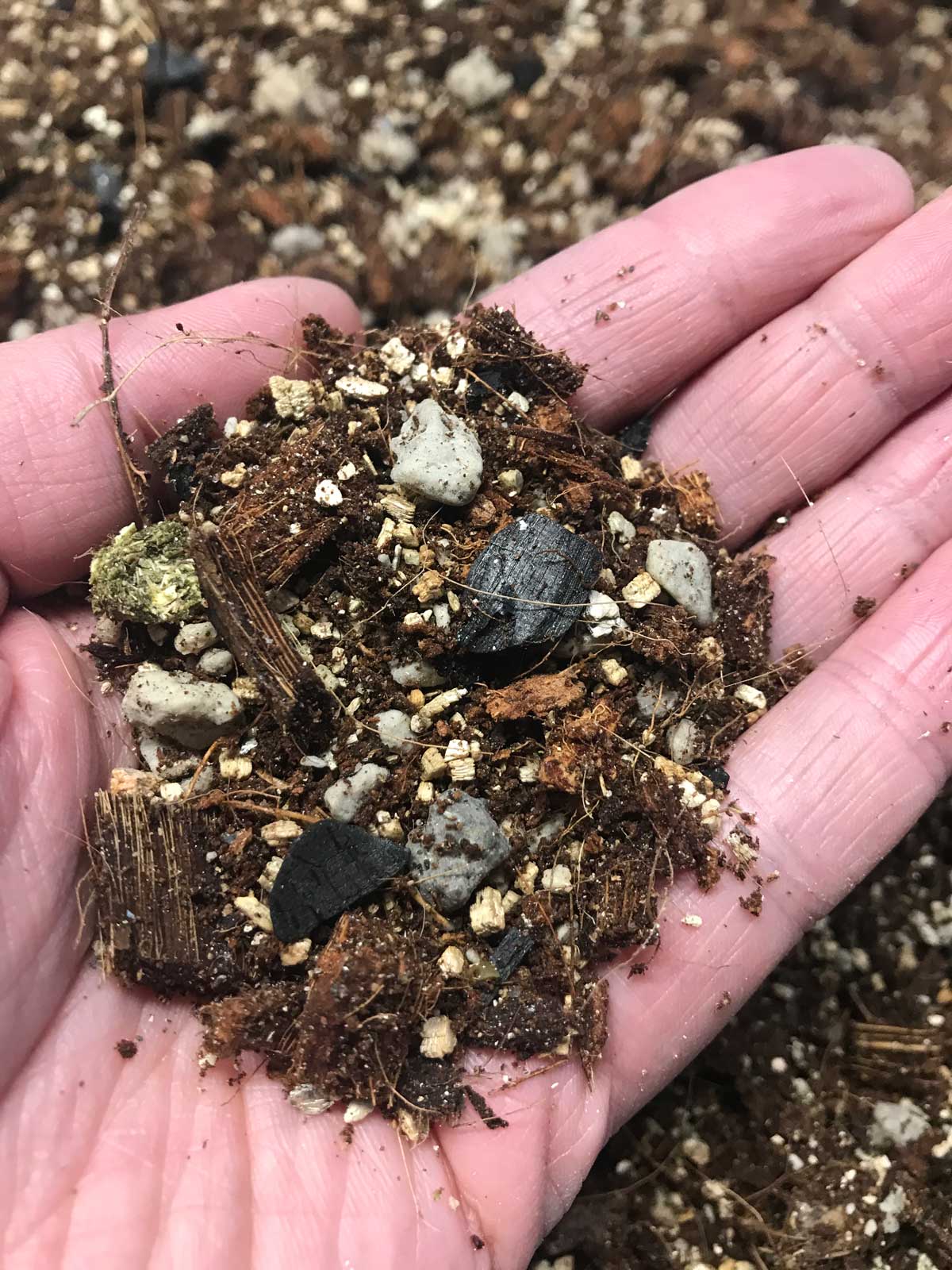
Janae
Thursday 9th of January 2025
The carpet cleaners were over and spilled one of my pots. Lucky for them, I was hoping to repot soon. Maybe it's a blessing in disguise? Definitely following your tips here.
Rainey
Saturday 15th of October 2022
I love your website and trust your advice. For Tilth, please add at the very beginning with a link, *Check for availability in your region. It’s a very long and informative article but after all that, I can’t get it. I would have liked to know at the beginning. Thank you!
Raffaele
Monday 17th of October 2022
Thanks for the feedback!
cheryl reese
Tuesday 25th of May 2021
I just tried to order some and found that they don't ship to Oklahoma. What's up with that?
Raffaele
Tuesday 25th of May 2021
:-(. Sorry to hear about that.
Terry Bonham
Sunday 31st of January 2021
I really, really wanted to order... the shipping is more than the soil... so bummed... I do follow Ohio Tropics... that's how I found you... I have a small business in Salem Oregon... Pasley
Raffaele
Monday 1st of February 2021
Oh gosh, I didn't realize that about the shipping. :-(
Mary Evelyn Hammond
Friday 22nd of January 2021
This potting soil is really exciting, to me. I did order a large bag, but hope shipping costs will come down in warmer weather!
Raffaele
Friday 22nd of January 2021
I hope you enjoy it as much as I do, and really find the value and difference that it makes!